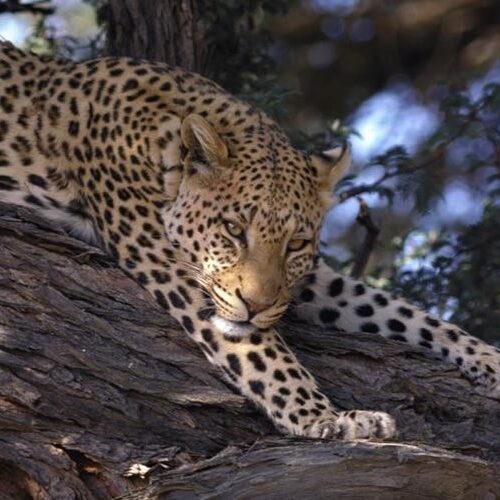Self-drive safaris in Uganda and Wildlife Tours
Queen Elizabeth National Park in Uganda provides an incredible and remarkable wildlife holiday. Queen Elizabeth is one of the most rewarding destinations for game-viewing tours and self-drive safaris in Uganda. The park covers 1800 sq km, stretching from the crater-pocked escarpment of the Albertina Rift Valley in the north to the vast lowlands in the south close to Bwindi National Park. Queen Elizabeth contains a vast array of wildlife and boasts over 100 mammal species and a remarkable 606 bird species recorded. During your visit to this park on a self-drive holiday, take the drive to the scenic Ishasha section in the southern – The River, and also the rare tree-climbing lions draped over the branches of fig trees.






